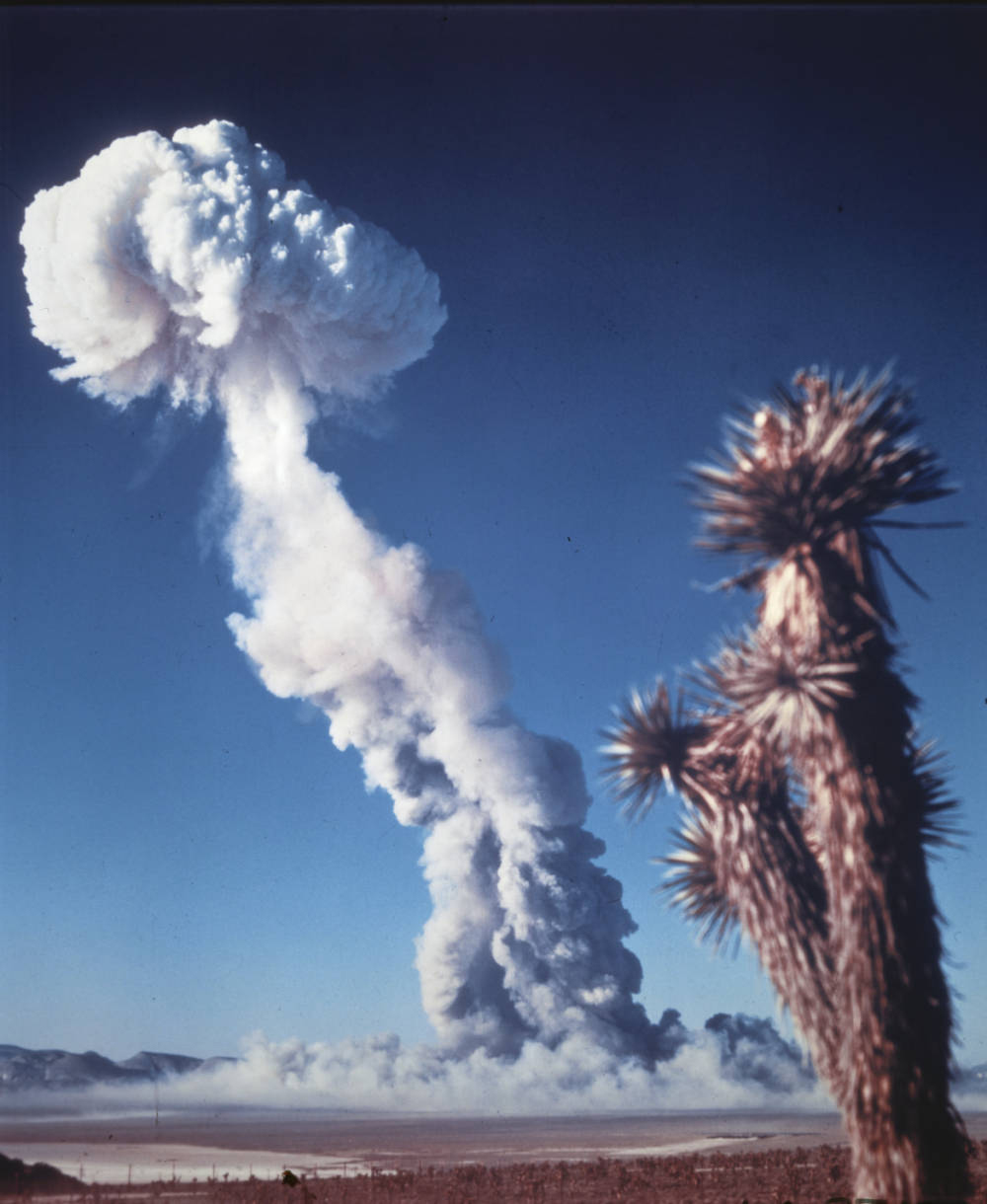
Atmospheric nuclear bomb test at the NTS in the 1950s.
Image Credit: Film Transparency showing an atomic explosion at the Nevada Test Site, circa 1950s,” L.F. Manis Photographs, 1900-1969, PH-00100. Special Collections & Archives, University Libraries, University of Nevada, Las Vegas. Las Vegas, Nevada.
Billy Marino received his BA and MA from UNLV’s Department of History where he studied environmental history and the American West before working as an archival processing assistant at UNLV Libraries Special Collections & Archives. His thesis focused on the ways environmental perceptions of the West shaped decisions regarding the space race during the 1960s, including extensive research the role of the Nevada Test Site (today called the Nevada National Security Site). He begins the doctoral program in history at the University of California, Santa Barbara in September 2019.
Residents of Nevada are no strangers to nuclear technology and its consequences. The Nevada Test Site (NTS) opened in 1951 as the continental proving ground for fledgling nuclear weapons, and many locals and tourists found themselves on bar rooftops, in casino pools, or at mountain lookouts watching the mushroom clouds of atmospheric tests rise over the Mojave Desert. By 1963, international politics caused tests to move underground. This removed the potential thrill of atmospheric tests, but maintained anxiety about the increasingly apparent consequences of radiation. In the late 1970s and early 1980s, the issue of handling and disposing of residual radioactive material became a primary concern.
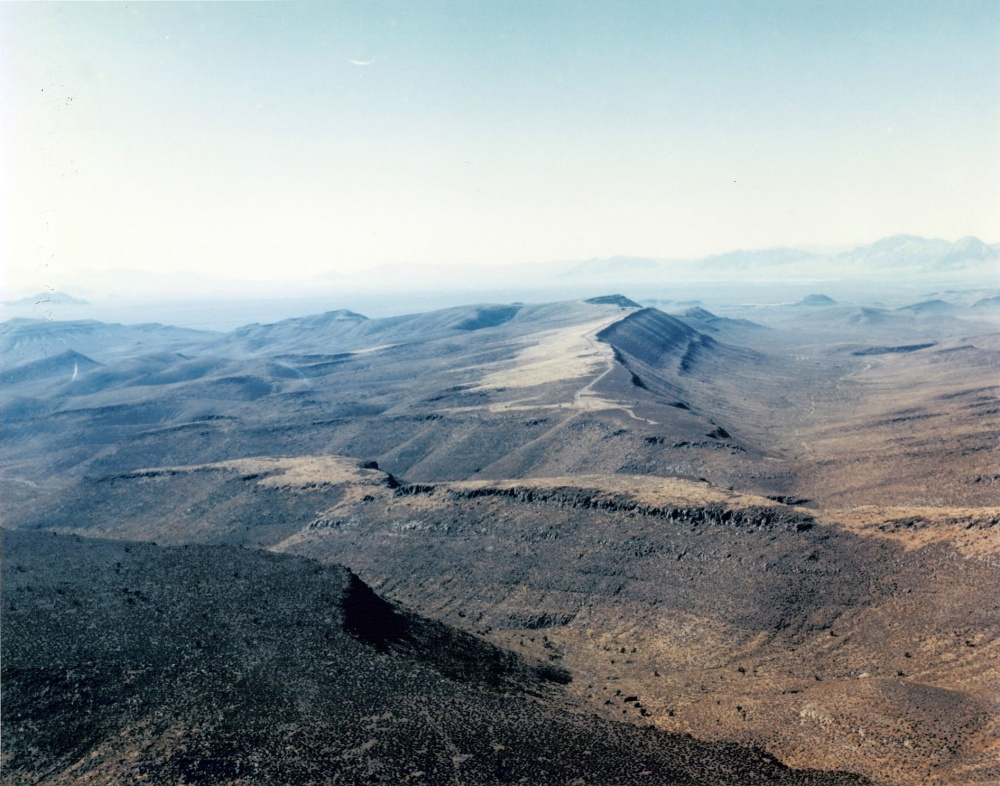
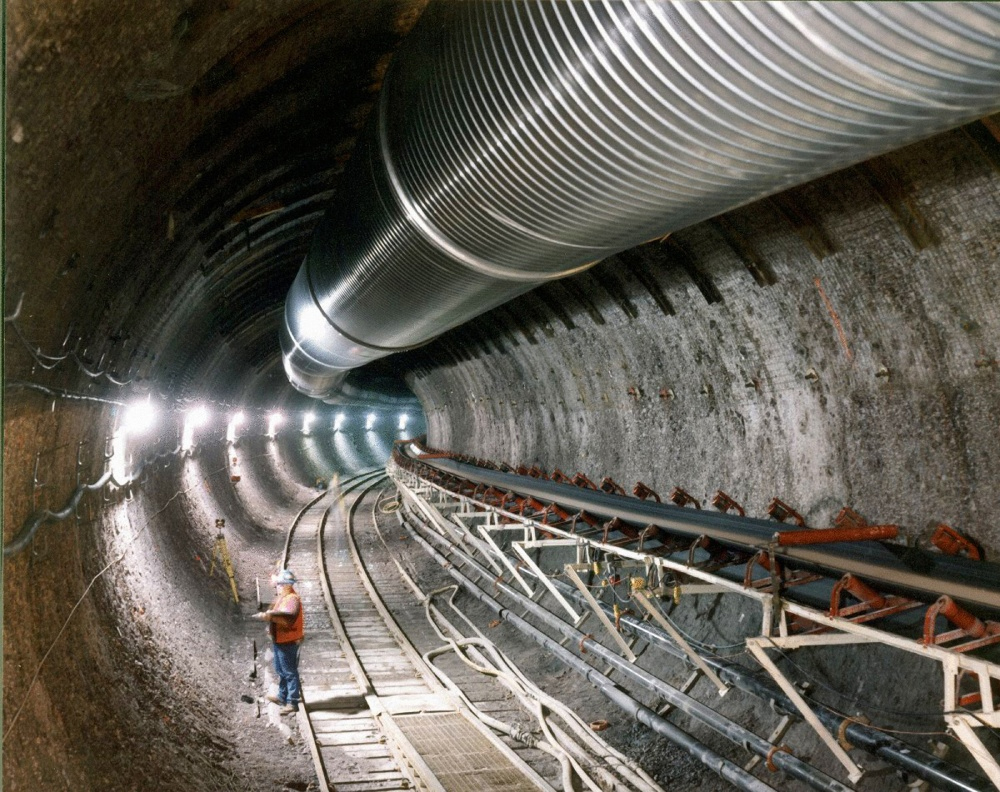
Figure 3 (top): Aerial view of Yucca Mountain. Figure 4 (bottom): Tunnel created to study the geology of the mountain.
Image Credit: Fig. 3 - “Yucca Mountain,” 2007, Nuclear Regulatory Commission, Flickr. (Accessed November 2018) https://flic.kr/p/bzQ17i. Fig. 4 - “Underground Exploratory Studies Facility at Yucca Mountain,” December 1, 2014, Nuclear Regulatory Commission, Flickr. (Accessed November 2018), https://flic.kr/p/qacBkD.
Dealing with nuclear waste is a complex issue, one seemingly no closer to an answer than when it first arose during the Cold War. Despite continuous advances in technology, nuclear waste is potentially hazardous and causes understandable anxiety in much of the United States public. The core concern is where to store the long-lasting material and Nevada’s Yucca Mountain often provided the quick answer. Yet, the proposed Yucca Mountain Nuclear Waste Repository remains a contentious subject locally and nationally, as evidenced by the Yucca Mountain Site Characterization Office (YMSCO) Collection (MS-00091) in UNLV Special Collections and Archives.
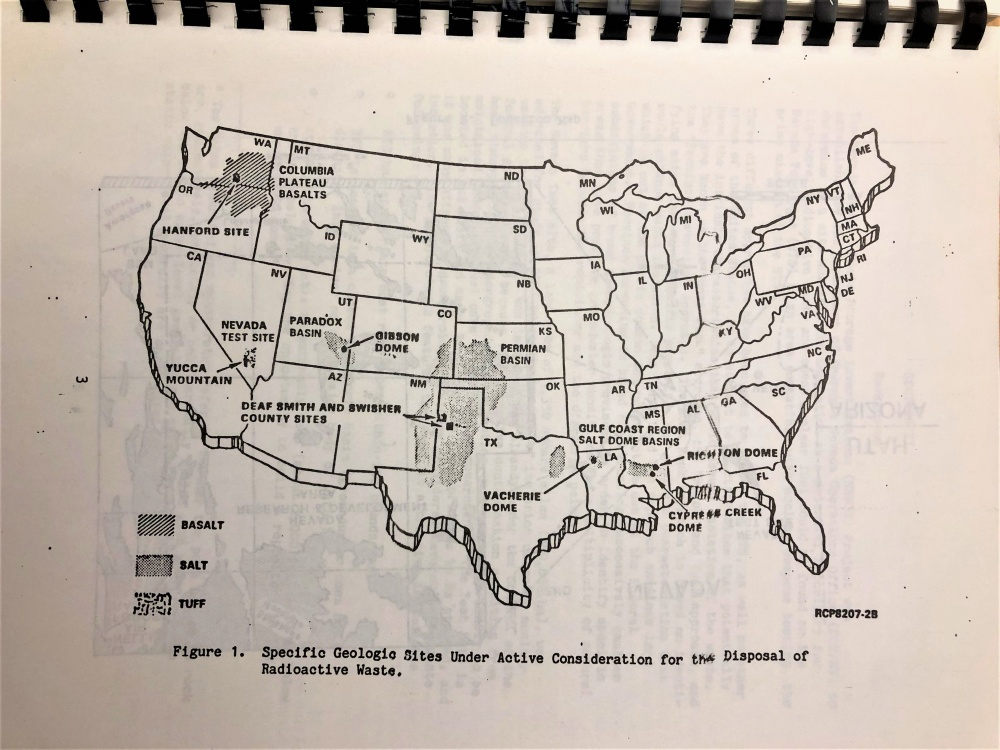
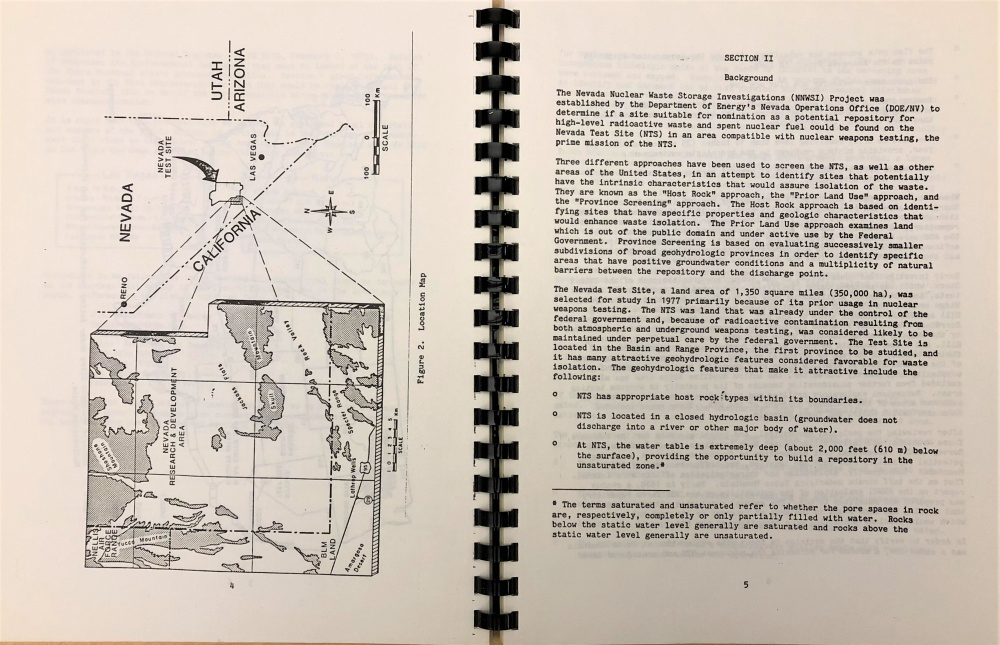
Figure 5 (top): Map of proposed sites around US. Figure 6 (bottom): Explanation of site choices and map of Yucca Mountain in relation to NTS.
Image Credit: Fig. 5 and 6 – Public Hearings Panel Report: A Summary of Public Concerns Regarding the Characterization of a Repository Site in Nevada – DOE, November 1983. Box 58. Yucca Mountain Site Characterization Office Collection, 1958-2001. MS-00091. Special Collections & Archives, University Libraries, University of Nevada, Las Vegas. Las Vegas, Nevada.
Low-level waste—or contaminated material such as clothing—is either disposed of where it was created or sent to licensed disposal locations such as Areas 3 and 5 at the Nevada National Security Site (NNSS; previously the NTS). High-Level Waste—the byproducts of nuclear fuel—can be trickier due to longer lifespans, and it is these materials that Yucca Mountain is intended to store. Understanding the mosaic of factors considered when finding a place to store nuclear waste is challenging, and the YMSCO (MS-00091) collection’s correspondence, contracts, and technical reports offer a great starting point. Two categories of material one might find—public opinions and scientific reports—are highlighted below to help navigate the dense collection.
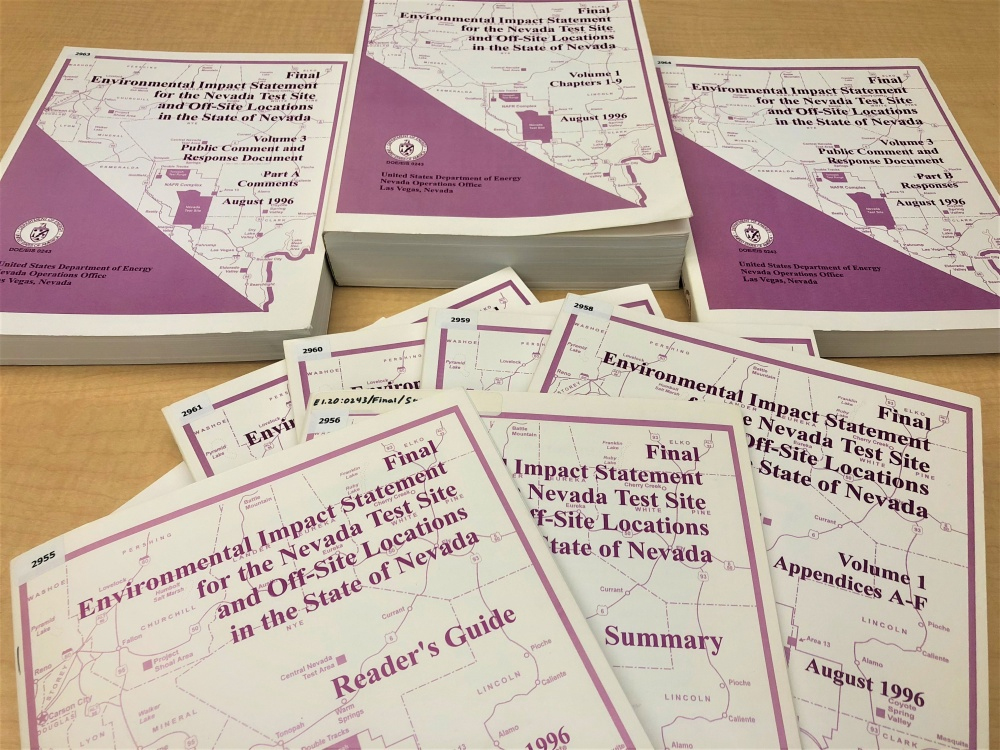
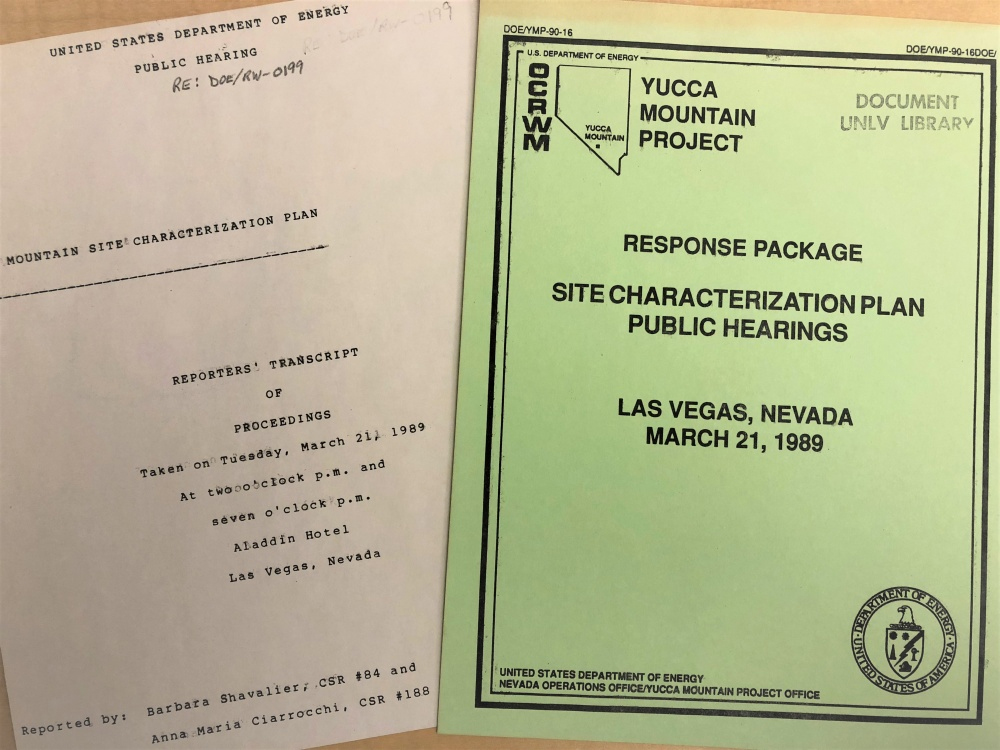
Figure 7 (top): Final EIS Report books detailing impact of nuclear waste storage on environment of Yucca Mountain. There are now updated versions and supplements of this report. Figure 8 (bottom): Public hearing transcripts and response binders.
Image Credit: Fig. 7 - Final Environmental Impact Statement for the Nevada Test Site and off-Site Locations in the State of Nevada, Volumes 1-3, August 1996. Box 98. Yucca Mountain Site Characterization Office Collection, 1958-2001. MS-00091. Fig. 8 – Response Package Site Characterization Plan Public Hearings – Las Vegas, Nevada, Yucca Mountain Project, OCRWM, U.S. Department of Energy, DOE/YMP-90-16 – Binder, March 21, 1989. Box 45. Yucca Mountain Site Characterization Office Collection, 1958-2001. MS-00091; and Reporter's Transcript of Proceedings Taken on Monday, March 21, 1989; Aladdin Hotel, Las Vegas, Nevada - U.S. Department of Energy, Public Hearing, Yucca Mountain Site Characterization Plan, DOE/RW-0199. Box 102. Yucca Mountain Site Characterization Office Collection, 1958-2001. MS-00091. Special Collections & Archives, University Libraries, University of Nevada, Las Vegas. Las Vegas, Nevada.
Throughout the process of studying Yucca Mountain, public hearings were held to collect the views of local Nevadans in regard to their state becoming the home of the nation’s high-level nuclear waste. Transcripts of those hearings from 1979, 1983, and 1989—as well as binders containing official responses compiled after the meetings—offer insight into public opinions during different stages of site location and characterization. After roughly a decade of studying Yucca Mountain, the Department of Energy (DOE) released an Environmental Impact Statement (EIS) as a ten-book set accessible by the public. The EIS contains a wealth of knowledge for researchers hoping to understand how the US government dealt with public perceptions of nuclear waste storage in the western environments already steeped in nuclear history.
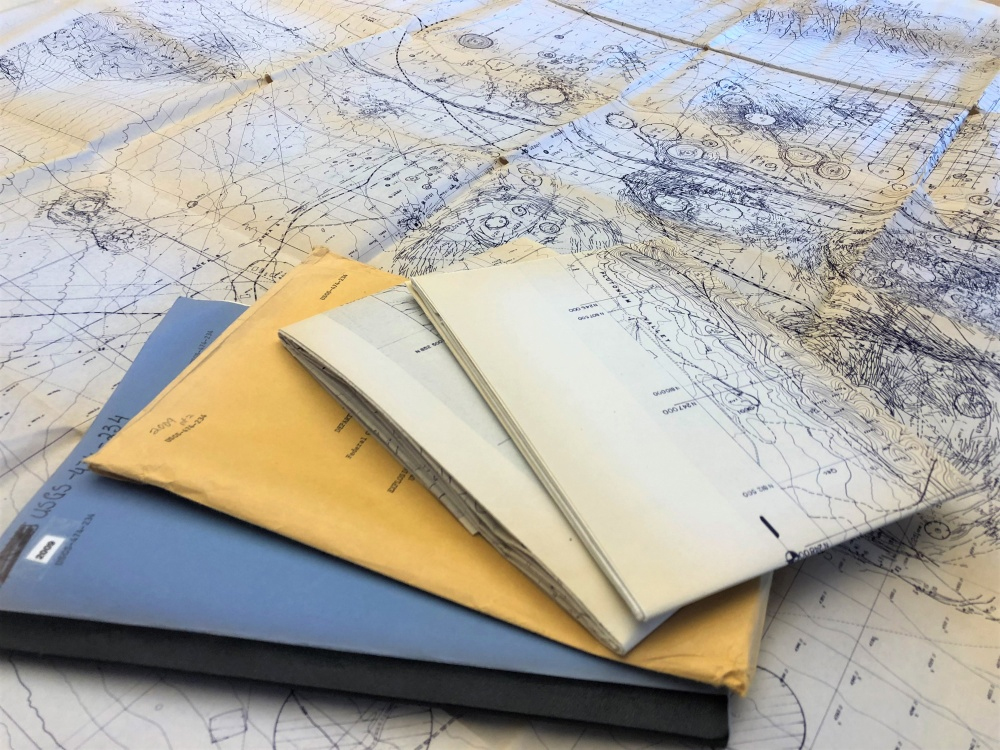
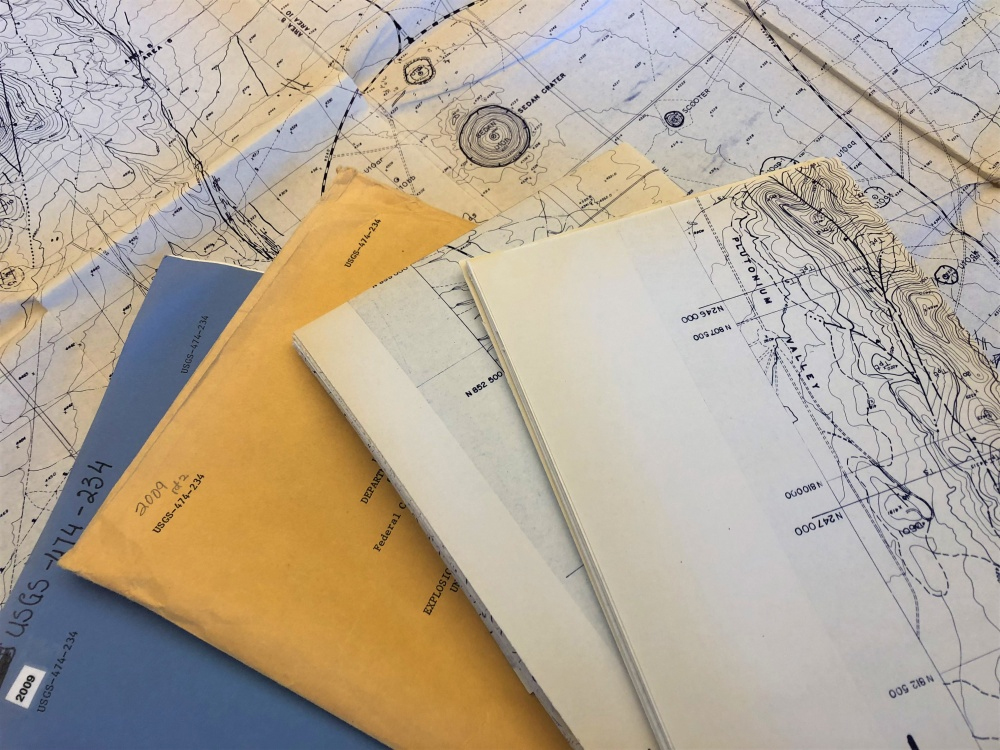
Figure 9 (top) and Figure 10 (bottom): Three table-sized maps that accompany a DOI study on the effects of underground nuclear tests at Yucca Flat to determine possible dangers of storing nuclear waste in nearby Yucca Mountain.
Image Credit: Fig. 9 and 10 - Explosion-Induced Fractures of Selected Announced Underground Nuclear Tests, Yucca Flat, Nevada Test Site, Nevada, January through December 1975 - United States Department of the Interior, Geological Survey, USGS-474-234 (NTS-239), June 1977. Box 76. Yucca Mountain Site Characterization Office Collection, 1958-2001. MS-00091. Special Collections & Archives, University Libraries, University of Nevada, Las Vegas. Las Vegas, Nevada.
For researchers well-versed in the various sciences used to study Yucca Mountain, or at least those adventurous and willing to explore, the collection also contains scientific reports. Comprising the majority of materials in the collection, these reports are highly technical and offer a deeper reading of exactly what experiments were done to determine the suitability of Yucca Mountain as a high-level waste repository. They contain detailed breakdowns of technologies used, landscapes tested on, and maps studying various environmental factors, such as the seismic effects of underground nuclear tests, or hydrology studies on the location and movement of ground and surface water.
The Yucca Mountain Site Characterization Office Collection offers an excellent look into Yucca Mountain’s viability as a suitable nuclear waste disposal site, and also contains correspondence and contracts regarding the creation of the collection itself.
For updated information on the Yucca Mountain project, visit the United States Nuclear Regulatory Commission’s (USNRC) website. Also see the Environmental Management Site-Specific Advisory Board (EM SSAB) website, as well as the local Nevada Site Specific Advisory Board (NSSAB).


